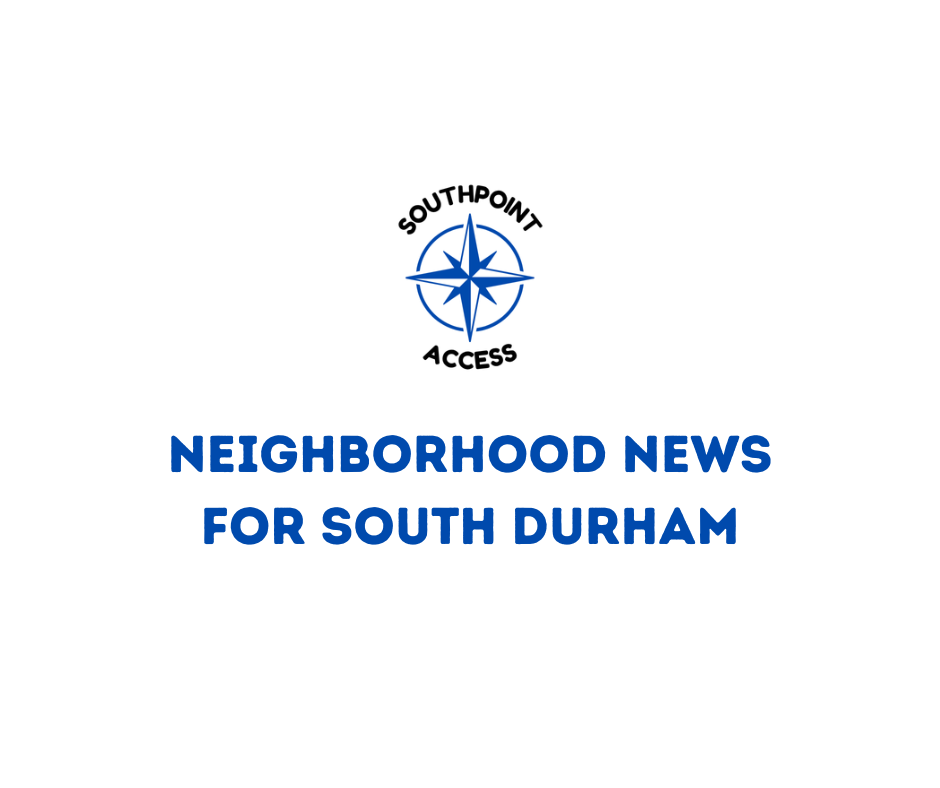Report Explores Condition of Durham Streams

The 2024 State of Our Streams Report for Durham offers insights into the health and status of the city’s creeks and watersheds. This year’s report highlights the condition of various creeks, the efforts of associated organizations, key annual cleanup events, and important contact information for reporting pollution.
Creeks Studied in Durham Region

- Crooked Creek: Also known as Southwest Creek, this watershed lies near Fayetteville Street, Barbee Road, and Herndon Road. Water flows from Crooked Creek to Jordan Lake, then to the Haw River and Cape Fear River, ultimately reaching the Atlantic Ocean. The creek scored 75 or C, down from 78 in 2021. A pollution source investigation found private sanitary sewer discharge into the creek. The Haw River Assembly is active here.
- Ellerbe Creek: Flowing through downtown Durham, Ellerbe Creek has the highest population density among the city’s watersheds. It flows to Falls Lake and then to the Neuse River, reaching the Atlantic Ocean. The creek’s score improved to 76 or C from 66 in 2022. Ellerbe Creek is on the 303(d) list of impaired water bodies, necessitating steps to reduce pollution. The Ellerbe Creek Watershed Association and Sound Rivers are actively involved here.
- Eno River: Extending from Hillsborough to Durham, much of the Eno River is protected within parks. It scored 95 or A, up from 85 in 2022, attributed to good bacteria, nutrient, and turbidity levels. The Eno River Association and Sound Rivers are active in this are.
- Lick Creek: Located near Brier Creek, Lick Creek flows into Falls Lake and the Neuse River. It scored 81 or B, up from 79 in 2022, despite poor bacteria and turbidity levels. This watershed is impaired due to a lack of diverse aquatic insects. Sound Rivers is active here.
- Little Lick Creek: East of Durham’s city limits, this creek scored 67 or D, slightly down from 68 in 2022. Poor bacteria levels contribute to its low score. Little Lick Creek is on the list of impaired water bodies. Sound Rivers encourages community involvement.
- New Hope Creek: Covering parts of Durham and Chapel Hill, New Hope Creek flows into Jordan Lake and eventually the Cape Fear River. It scored 78 or C, consistent with last year’s score, with poor bacteria levels being a significant issue. The New Hope Bird Alliance and Haw River Assembly are active here.
- Panther Creek: Situated in northeastern Durham, Panther Creek’s score dropped to 64 or D from 74 in 2021, largely due to high fecal coliform bacteria levels. Sound Rivers is active in this area.
- Stirrup Iron Creek: This watershed, partly in Research Triangle Park, flows to Lake Crabtree and the Neuse River. It scored 68 or D, up from 66 in 2021, with poor bacteria levels. Sound Rivers is involved in this region.
- Third Fork Creek: Spanning older parts of Durham, including areas near North Carolina Central University, this creek scored 78 or C, an improvement from 64 last year. It is on the list of impaired water bodies, with common pollution sources being erosion and sanitary sewer discharges. The Haw River Assembly is active here.
Associations and Community Involvement
Several organizations are actively working to improve the health of Durham’s streams:
- Haw River Assembly: Focused on Crooked Creek, New Hope Creek, and Third Fork Creek.
- Ellerbe Creek Watershed Association: Working on Ellerbe Creek.
- Sound Rivers: Involved in multiple watersheds including Ellerbe Creek, Eno River, Lick Creek, Little Lick Creek, Panther Creek, and Stirrup Iron Creek.
- Eno River Association: Dedicated to the Eno River watershed.
- New Hope Bird Alliance: Active in the New Hope Creek watershed.
Key Annual Cleanup Events
Durham residents can participate in two major cleanup events to help maintain the health of local streams:
- Big Sweep: Held on the first weekend in October.
- Creek Week: Takes place during the third week of March.
Reporting Pollution
To report water pollution, residents can contact the Stormwater Hotline at 919-560-SWIM.


![[WordroW] Worrisome Weather](/content/images/size/w600/2025/12/wordrow1.png)

![[SoDu Alert] Durham Public Schools Closed Dec. 5 Due to Weather](/content/images/size/w600/2025/12/icyweather124.png)